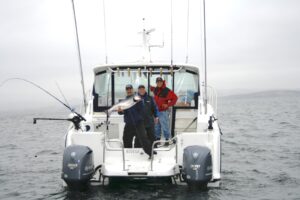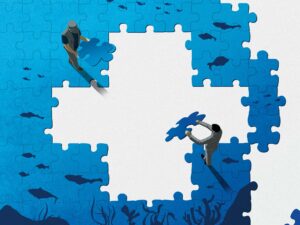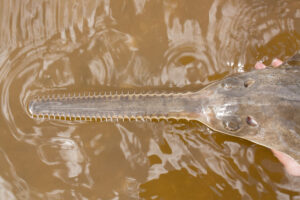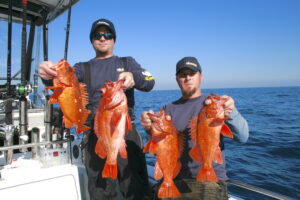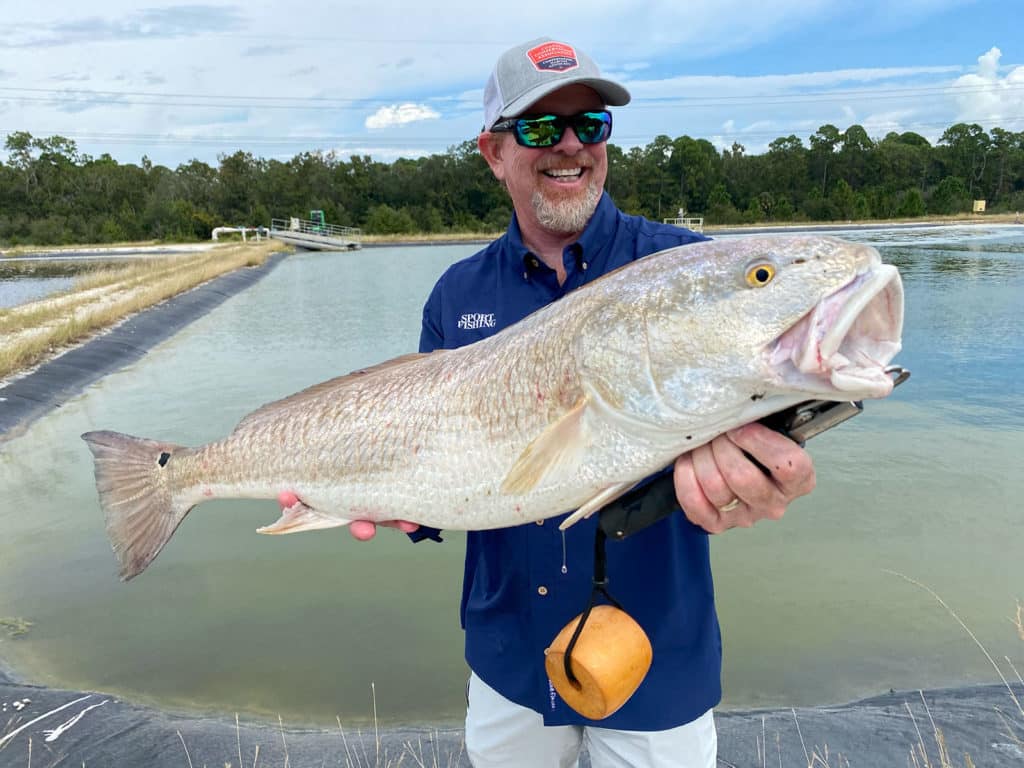
Recent news from Coastal Conservation Association (CCA) Florida caught my attention: The non-profit organization released 30,000 speckled seatrout this past September in Sarasota and Citrus county waters. Any efforts to help the gamefish populations in Florida are a great thing for Sunshine State anglers.
But the stocked specks ranged in sizes from 4 to 6 inches, and those lengths caught me by surprise. States with robust fish hatcheries, such as Texas, tend to release much higher numbers of fingerlings, about an inch in length, understanding that many of those fingerlings will perish. In fact, some studies show that just one in 1,000 fingerlings survive. The recent CCA seatrout release was not any run-of-the-mill saltwater restocking effort. Because the fish were substantially larger than average-size fingerlings, they have a much better chance of surviving the plentiful hazards that come with being a tiny fish in a Florida bay.
I learned quickly that CCA Florida, partnered with Duke Energy’s Crystal River Mariculture Center, do things a bit differently, especially after I was able to tour their facility. Eric Latimer, principal environmental professional and manager of the mariculture center, and Brian Gorski, executive director of CCA Florida, gave me full access. With the ever-present struggles of Florida’s marine habitat destruction, water quality degradation, fish kills, and red tides, learning about the center’s restocking efforts was a breath of fresh air.
Helping Florida’s Inshore Fisheries
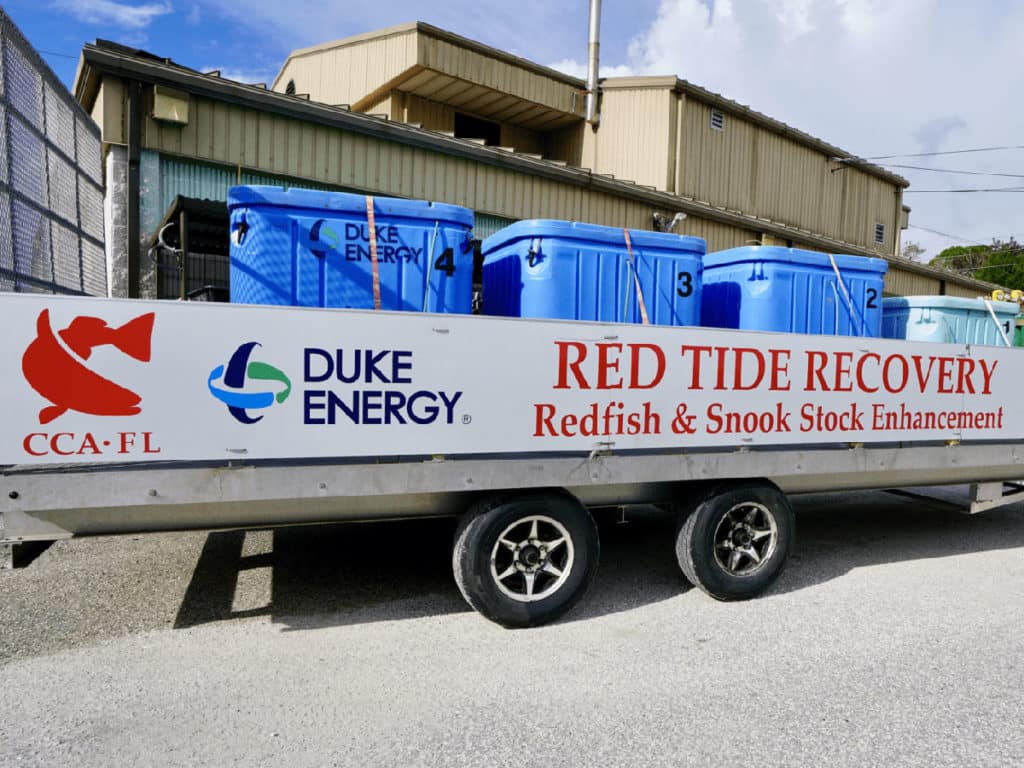
CCA Florida doesn’t own the mariculture (marine farming) facility; it’s owned and operated by Duke Energy. So how does the partnership work?
The center started as an environmental compliance requirement for Duke Energy to operate its nearby power plants. But as different plants closed, it was no longer needed. Still, the facility was a very successful hatchery, one that’s been operating for more than three decades now. Latimer reached out to non-profits, universities, and state agencies to partner with to improve Florida’s estuarine and freshwater environments. CCA Florida was quick to join his efforts.
At the center, redfish and seatrout are the two current species being raised, said Latimer. He’s also grown blue and stone crabs, mullet, pinfish and pigfish in the past, and there’s chatter species such as pompano, tripletail, red snapper or snook might be grown at the facility in the future.
Latimer’s facility and team have been releasing redfish into Florida waters since 1992. To date, Latimer and crew have totaled more than 5 million fish and crustaceans released in the Gulf of Mexico. More recently, he’s centered red drum efforts in areas affected by fish kills and red tides on the west coast, including stocking more than 150,000 redfish (4 to 30 inches long) since 2018.
Now, the non-profit organization is focused on Florida’s Atlantic side, as part of its east coast redfish restocking initiative: Release the East. Any angler who fishes from Jacksonville to the Florida Keys can tell you declining water quality and loss of habit have hurt seatrout and redfish populations.
“We’ve had members voicing concern for the lack of redfish across the state and it’s our duty to address the issue,” said Gorski. “Redfish are an iconic species to our state and we need to work together to conserve this fishery for the next generation.”
Latimer and CCA Florida first had to go catch broodstock redfish from the Atlantic Ocean, 10 individuals total, and bring them back to the facility. The crew fished out of Port Canaveral to catch the bull reds offshore, with help from guides Capt. Jamie Glasner, Capt. Troy Perez and Capt. Jim Ross. Latimer couldn’t use the mature redfish he already had at the facility because they were caught from the Gulf, and Florida’s east and west coast redfish have genetic differences.
Exploring A Fish Hatchery
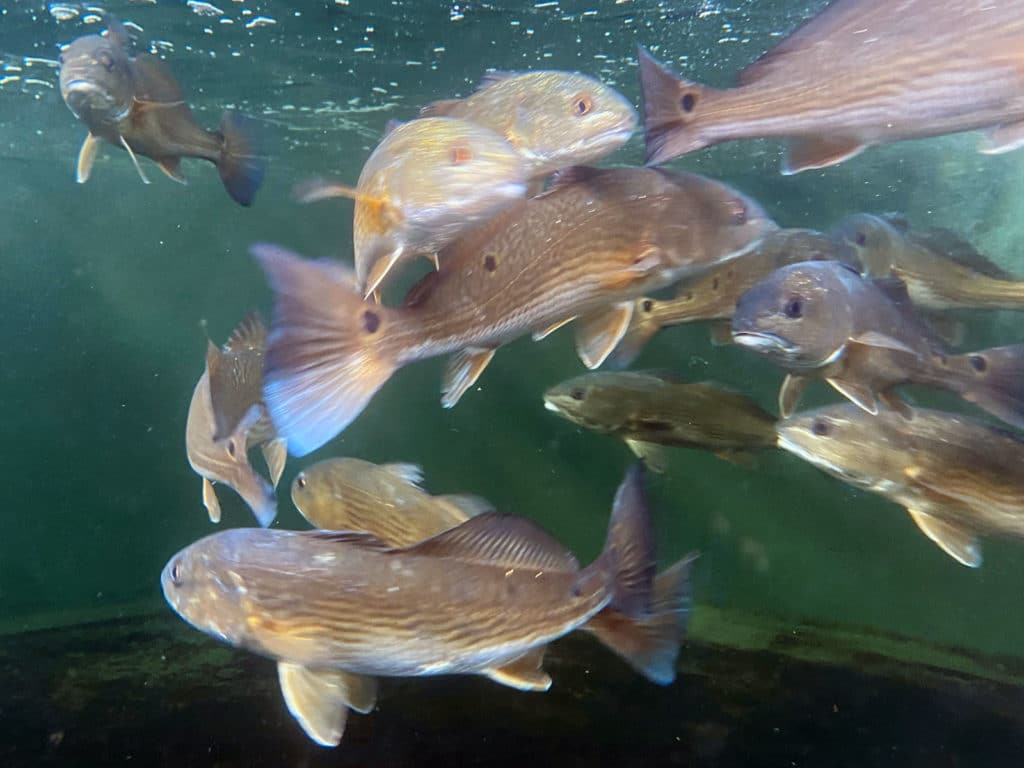
Latimer and Gorski walked me and two colleagues through the entire indoor and outdoor portions of the facility.
First, Latimer showed us a tank filled with slot redfish tagged for CCA STAR tournaments. (Learn more about the unique CCA Florida STAR Tournament.) The fish were feisty and gobbled down the baitfish chunks he threw into the tank. Nearby, he also had a tank filled with 3- to 6-inch redfish, and scooped a couple in a net to show me.
“These are the perfect-size fish, ready to be released on the east coast,” he said.
“We think the best spot will be the Thousand Islands area, near Cocoa Beach,” said Gorski, nodding at Latimer. “There’s good habitat there where these fish can hide as they continue to grow.”
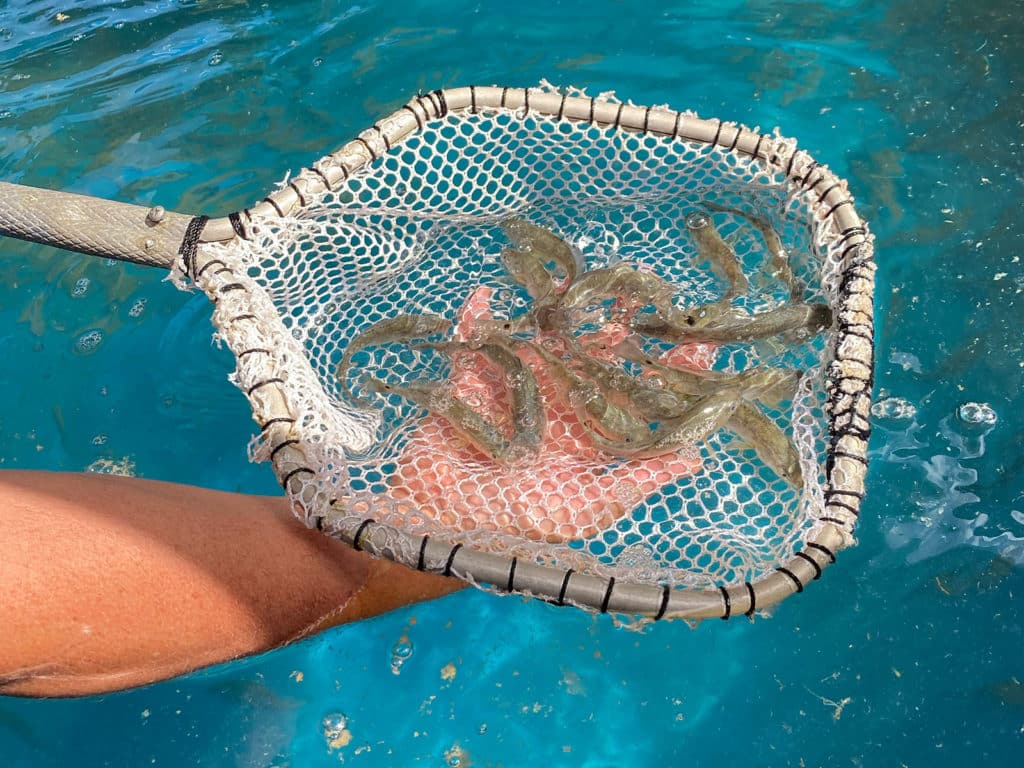
Next, Latimer walked us around different tanks filled with fat mature redfish, each tank adorned with extra covers so we didn’t scare the drum from above.
“The west coast redfish I let spawn naturally,” said Latimer. “They’ll spawn in the fall, every day for a period of 7 to 10 days, and produce millions of eggs. We’ll collect the eggs from the strainer and move them over to an [indoor] tank. Next, we’ll get the fry out to one of our grow-out ponds.”
Latimer can also manipulate the photothermal conditions to trick his captive drum into believing it is spawning season. And that’s what he did for his east coast broodstock that are kept in a giant rounded tank inside the facility.
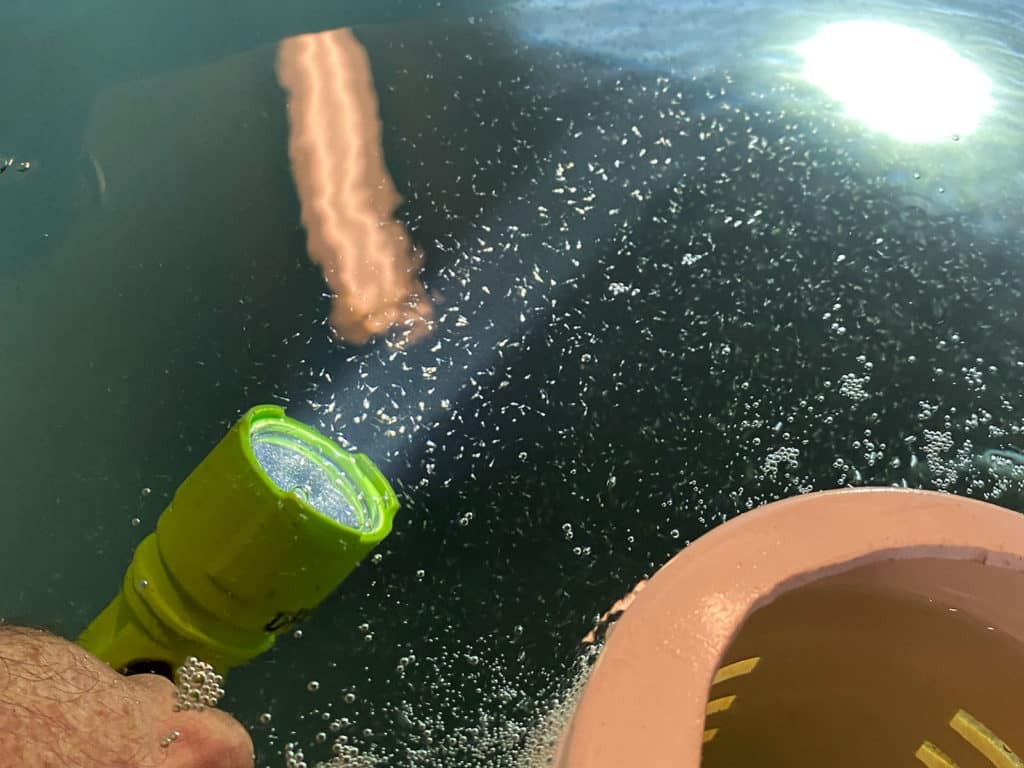
“I can get them to spawn a couple times a year,” said Latimer. “Each spawning event doesn’t make as many eggs as natural spawning, but the female reds still produce millions of eggs.”
Latimer emphasized that they try to get their redfish fry into grow-out ponds quickly, so that the fry can start learning to hunt for their own food. The center will “fertilize” a pond before adding fry so that there’s plenty of copepods for the small redfish to eat. The end goal is to grow the reds large enough to give them a higher chance of survival once released into the wild.
Inside, we maneuvered around complex filtering and ultraviolet gear, used to keep the many different tanks clean and healthy. Lastly, we walked over to the mature seatrout tank.
“Seatrout are much harder to spawn and keep alive than redfish,” said Latimer. “They’re a much more delicate fish — if you even look at them wrong, they can die. Also, sometimes they’ll eat each other. We’ve found trout sticking out of other trout’s mouths.”
Hatchery Grow-Out Ponds
The center has eight, 1-acre ponds that are filled with redfish and seatrout. The ponds are set up to receive freshwater or saltwater from different pipes and hoses, plus they all have aeration systems and the ability to be drained when the fish need to be removed.
One pond is full of mature west coast bull redfish. Latimer nets males and females from the pond, and transfers them to oversize tanks when he needs them to spawn and produce eggs. Another pond is full of redfish fry up to about 1-inch in length. These are prime examples of redfish that will grow quickly and eventually be stocked into the wild. The center feeds food pellets of different sizes to fish of different sizes. Also, Latimer fed the redfish cut baitfish and shrimp while we were there.
The last pond we visited was full of hungry slot redfish. Gorski threw a bucket of food into the pond and the drum went wild. The healthy fish were jumping all over each other for a snack.
“These are the reds that we use for the CCA STAR tournament,” said Latimer. “These fish will eat anything — pellets, shrimp, baitfish, flies, lures, topwaters. We have more fish than we need, so we have a bit of a problem. We’re not sure what we’re going to do with all of them right now.”
Regrowing Florida Fish Habitat
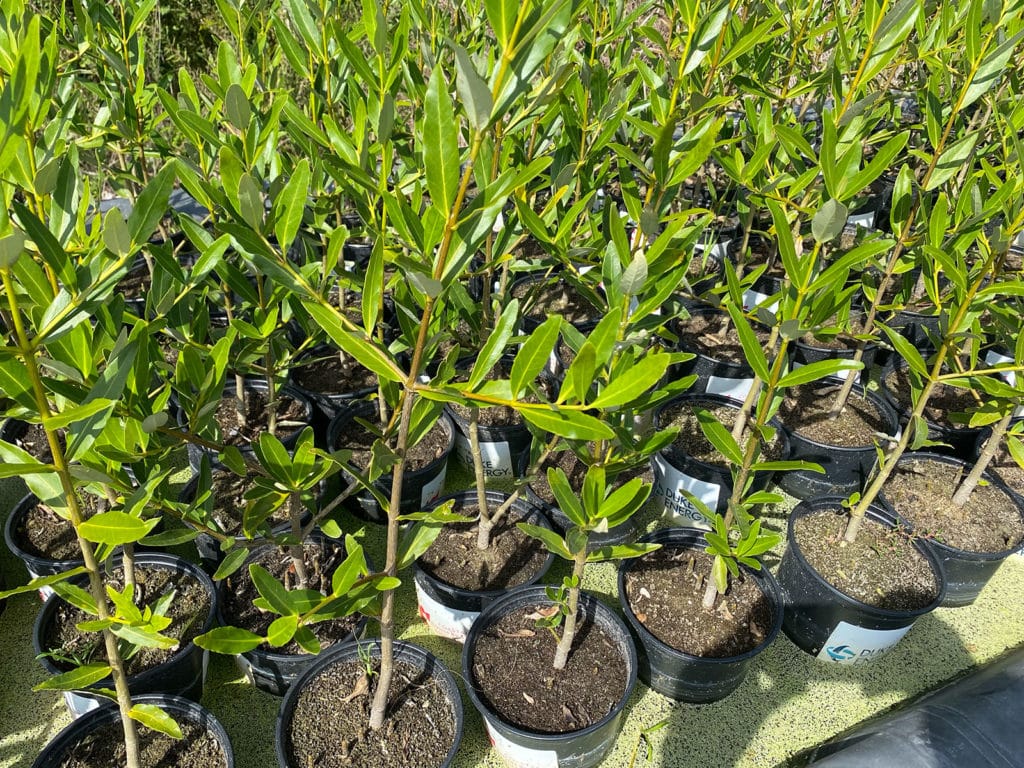
The mariculture center does more than grow redfish and spotted seatrout for release, they’re also growing the habitat these fish rely on. In fact, one of their outdoor ponds is filled entirely with Spartina grass, grown to help restore living shorelines across Florida.
“We have black, white and red mangroves that we grow for habitat restoration projects,” said Latimer. “We’re also pretty good at growing a couple varieties of eelgrass, mostly for fresh water.”
Latimer’s facility grew eelgrass in facility ponds that was then planted successfully in places such as Kings Bay, Silver Glen Springs, Lake Apopka and Lake George. One way they planted the grass was something Latimer called an “eelgrass burrito.” Basically, a self-contained growing unit with sediment, fertilizer and eelgrass held together with biodegradable material that can be dropped into a restoration area instead of having to be planted by divers.
The facility wants to grow saltwater seagrasses next. Chris Holland and Justin Branch, Duke Energy employees who work at the center, explained their next goal in more detail.
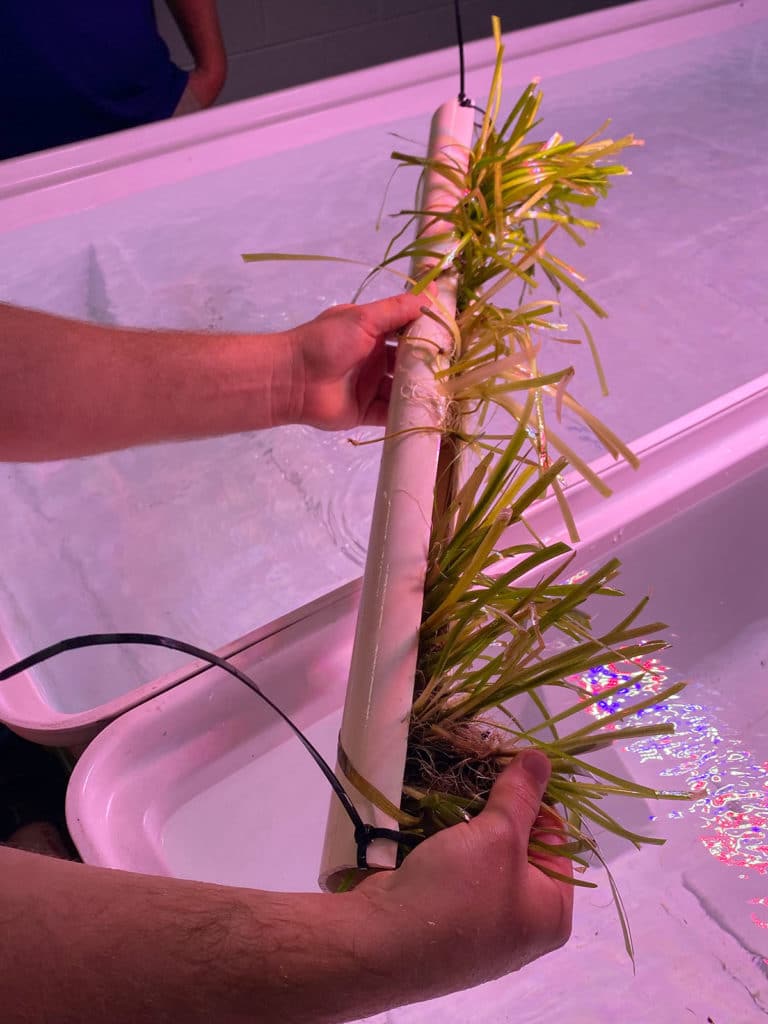
“We recognize there is a huge need for seagrass restoration efforts,” said Holland. “We currently grow mangroves and Spartina grass, but seagrass loss on the east coast is a huge deal now. The first step we took was to find floating seagrass and tried planting it here outside at the mariculture center. Other organizations told us it was vital to maintain consistent temperatures with seagrass. And although the grass didn’t die outside, it didn’t really thrive.
“So now we are looking at growing seagrass inside. Halodule (shoal grass) is an important one. Thalassia (turtle grass) and Syringodium (manatee grass) are the other big ones that we want to work hard to grow. The literature says Halodule is the first grass colonizer. It sets the standard, and it’s a great recruiter for other grasses.”
Inside the facility, Holland showed me eelgrass that they were able to grow in lengths of PVC pipe without using substrate of any kind. Nearby were tanks full of gamefish ready for release, seemingly able to be farmed on demand. The productivity and efficiency of entire center was obvious, plus the well-run fish farm wasn’t shy to try innovative new things. If their track record was any indication of future results, it’s only a matter of time until the Duke Energy Mariculture Center starts growing and CCA Florida starts planting vital saltwater seagrasses into Florida’s estuaries.

